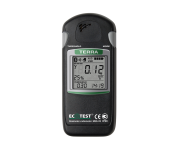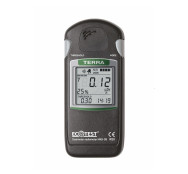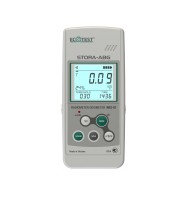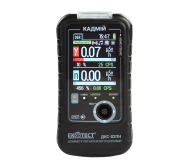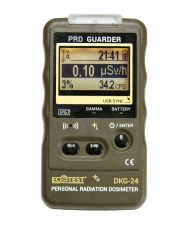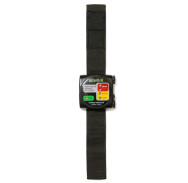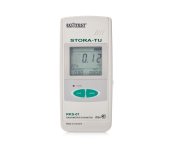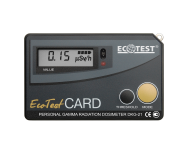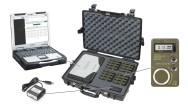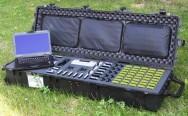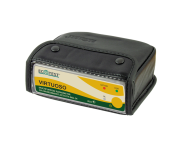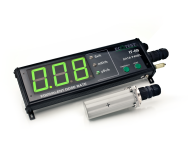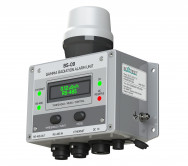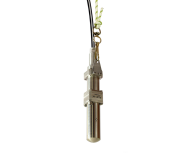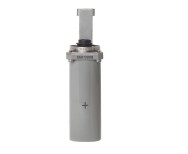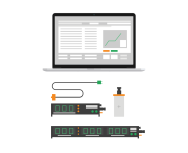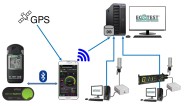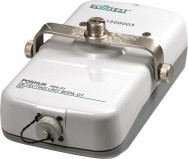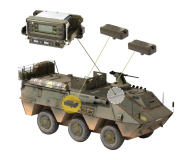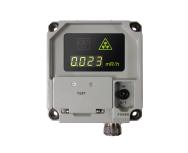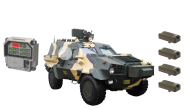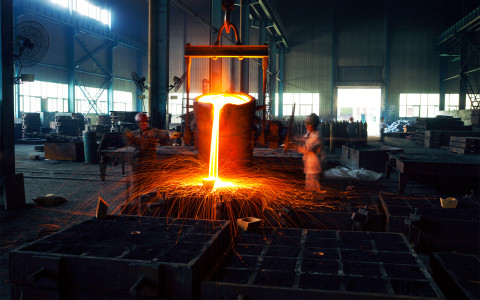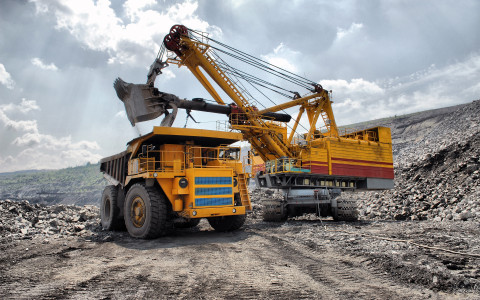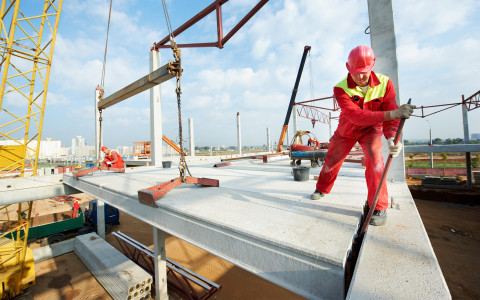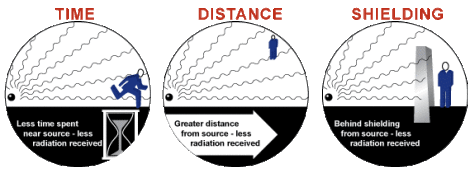
While the fear of the unseen grips us when we hear the term radiological weapons, radiation detection technology comes to our aid by helping us understand the situation, monitor and measure radiation levels and take appropriate steps.
Radiological Weapons
It is important to first understand what radiological weapons are. Only then can the threats be identified and tackled.
Radiological weapons can fall into the following three categories –
- Nuclear devices that can be detonated. They cause high radiation exposure. And the detonation of such devices can also cause burn and blast injuries.
- A radiological dispersion device (RDD). Also called ‘dirty bomb.’ They are made with a radioactive source wrapped in conventional explosives.
- Hidden sources of radioactive radiation. Containers containing radioactive sources can be hidden at places. This will release radiation without people consciously realizing this.
Dirty bombs pose the biggest threat to security in modern times. This is primarily because terrorists have easy access to radioactive sources. And methodology to create dirty bombs is not hidden or difficult to implement.
Note: In general conversation (and for the purpose of this information piece), the term ‘radiological weapon’ means dirty bombs, unless otherwise stated.
The Threats from Radiological Weapons
Radiological weapons have the potential to disrupt society in multiple ways.
The basic factor determining the threat is the material used in making the dirty bomb.
Bombs using low potency radioactive material are easier to make but have a lower impact. And bombs using high potency material, though, would cause a bigger impact, but they are tough to make. This is because handling highly radioactive material also brings unwanted risks for antisocial elements.
If low potency elements are used, it would not have a major impact on people or the environment. But it will nevertheless harness the fear of radiological weapons and will thus be enough to trigger panic. This is also the reason why such weapons are called ‘Weapons of Mass Disruption.’ They are not ‘Weapons of Mass Destruction.’
And this can, in turn, cause excess pressure on response machinery and disrupt social and economic infrastructure. With this, the ultimate purpose of the attack is served.
Effective Ways of Protection
The foremost way of protection against radiological weapons is prevention.
The efforts that need to be taken fall into two categories –
- Limiting access to radiological substances. Only designated users can get access to potentially harmful substances. And this access should also be regulated.
- Detection of radiological weapons before detonation. Tighter security, eagle-eyed policing, and technology-enabled scrutiny.
Radiation Detection Technology, Keeping Us Safe From Radiological Weapons
Nuclear radiation detection equipment are game-changers in limiting the threat from radiological weapons.
These devices offer threefold results.
One, radiation detection devices curb the illegitimate trading and transport of radioactive elements. This nips security breaches and potential radiological threats in its primary stages itself.
Two, even if radiological weapons find their way into society, a radiation sensor can prevent it from wreaking havoc. Personal radiation detectors (PRD) help individuals identify potential threats. And take immediate and appropriate action.
Hazmat respondents, firefighters, and EMS personnel can use PRDs. When they get alerted about radiation, they can relay the information to the second line. And thus, make sure others come better prepared to tackle radiation.
And three, these devices turn radiation from an unseen and unnerving threat to a known threat. Radioactivity stirs immediate fear in the human mind. However, it is not the exposure to radiation that has greater potential for harm but an undue sense of fear. Once radiation is detected and measured, help is more accessible. Appropriate medical procedures can save the affected people from health issues. Also, when you’ll realize that the level of radiation exposure was not extreme, it reduced panic. And thus prevents social disruption.
In the absence of radiation detection technology, it becomes tough to identify threats. Thereby limiting our ability to tackle the situation. The ECOTEST Group has long been a proactive player in this sector. We develop and manufacture radiation detection devices and aid governmental agencies.
Our constant commitment to innovation and your safety is a major growth driver. And we strive to continue offering stellar solutions. Solutions that offer protection from the security threats from radiological weapons.

